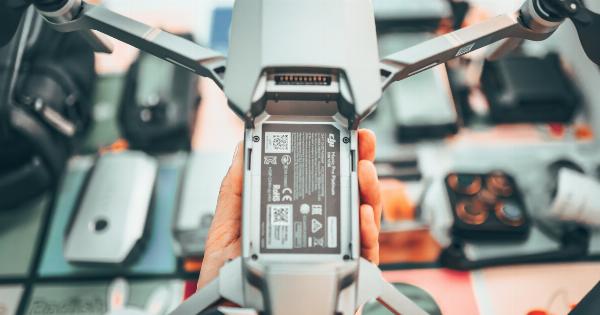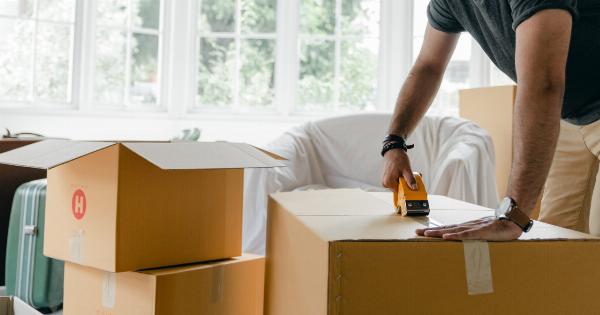Children are precious, and there’s nothing more important than their safety. As a parent or a caregiver, it is essential to take measures to protect your kids from potential hazards both inside and outside the home.
With the right tools and strategies in place, you can childproof your home and offer your little ones a safe environment to explore and grow. In this ultimate guide, we’ll show you how to childproof your home from top to bottom, ensuring the safety of your children.
General Tips
Before we dive into specific areas of your home that require childproofing, let’s cover some general tips that apply to all areas of the house.
1. Get on their level
The best way to get an idea of what potential hazards may exist on your property is to get down to your child’s level.
Crawl around on your hands and knees and look for trouble spots that may not be immediately apparent from an adult’s viewpoint.
2. Cover outlets
As curious as children can be, they don’t understand the dangers of electrical outlets. As such, it’s essential to cover your electrical outlets with protective covers to minimize any risk of electrical shock or injury.
3. Use baby gates
Baby gates offer an excellent barrier to keep children out of potentially dangerous areas such as staircases or rooms with breakable objects.
4. Put away small objects
Small objects are a significant choking hazard. Make sure that any small objects like toys, coins, or magnets are put out of reach of children.
The Kitchen
The kitchen represents one of the potentially most hazardous spaces in your home, but don’t fret; with the right precautions, you can make it safer for your young ones. Here are some tips for childproofing your kitchen space:.
1. Use child locks on cabinets and drawers
Cabinets and drawers containing knives, cleaning supplies, or other potential hazards should have child locks installed to prevent children from opening them.
2. Install stove guards
Stove guards create a barrier that prevents children from accessing burners or appliances that produce heat, minimizing the risk of accidental burns or fires.
3. Keep sharp objects out of reach
The kitchen is home to several sharp objects, including knives, peelers, and graters. Make sure these tools are out of reach of curious hands.
The Living Room
The living room is a place for both fun and relaxation. Here’s how to make it a safe space for children as well:.
1. Secure TV and furniture
Accidents can happen in the blink of an eye. So, make sure to secure your TV and furniture to prevent them from falling over and causing potential injury.
2. Move breakable objects out of reach
Children are unpredictable, so it’s essential to keep any breakable objects or decorations out of reach to avoid accidents like broken glass or swallowed objects.
3. Use foam corners on furniture
Furniture with sharp corners and edges can be hazardous, especially for younger children. Place foam padding on edges to prevent head injury.
The Bathroom
The bathroom can be a treasure trove of hazards. From slippery floors to cabinets stocked with medications and cleaning supplies, childproofing the bathroom should be a top priority.
1. Use a non-slip bath mat
Children’s feet can get wet and slippery in the bath or shower, which can lead to dangerous falls. Using a non-slip bath mat can help prevent accidents.
2. Install toilet locks
The toilet bowl is a magnet for curious kids, and it’s essential to prevent them from accessing it and potentially harming themselves. Toilet locks are a simple solution to keep your child safe.
3. Keep medications and cleaning supplies locked away
The bathroom is often used to store medicines and cleaning supplies, both of which can be harmful if ingested. Keep these items locked away and out of reach to ensure your child’s safety.
The Outdoors
Outdoor spaces present different hazards than indoor spaces. Here’s how to make your backyard a safe space for your children:.
1. Install a fence
A fence is an essential safety measure for outdoor spaces. It keeps children from wandering off and ensures they’re secure while playing outside.
2. Clear play areas of debris
Sharp objects like broken glass, rusty nails, and rocks can pose a risk for cuts or other injuries. Make sure to clear the play area of any debris before allowing your child to play outside.
3. Secure pools and bodies of water
Bodies of water like swimming pools are incredibly hazardous for young children. Make sure they are appropriately secured with a barrier, fence, or cover when not in use.
In Conclusion
Childproofing your home is an essential component of keeping your child safe. While you can’t prevent all accidents from happening, you can take measures to minimize potential harm.
By following the tips discussed here, you’ll be well on your way to providing a safe and secure environment for your children.






























